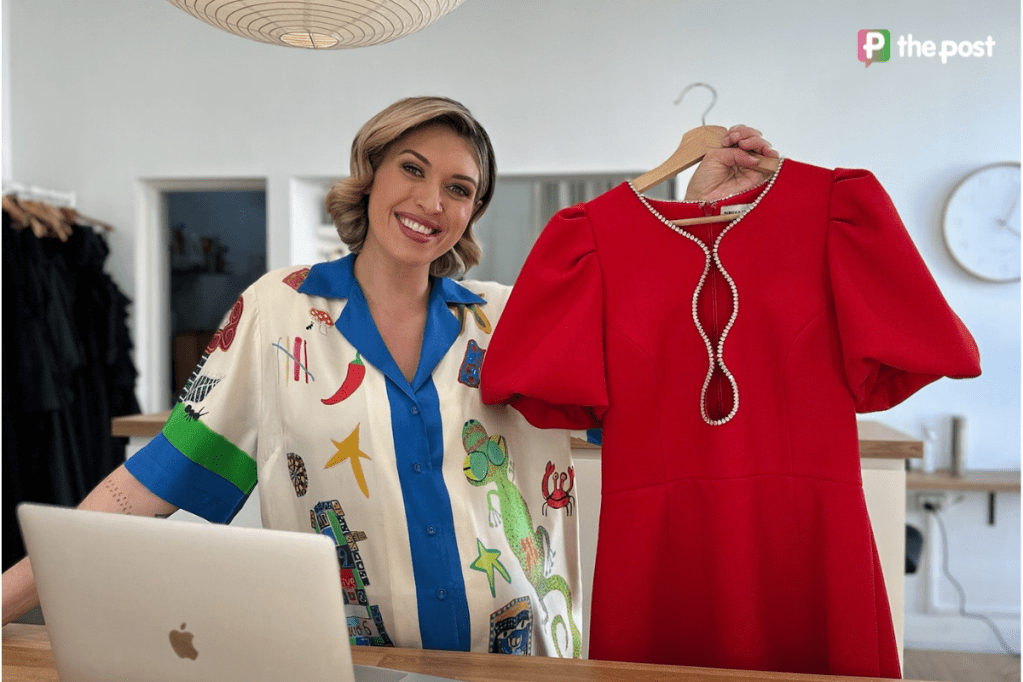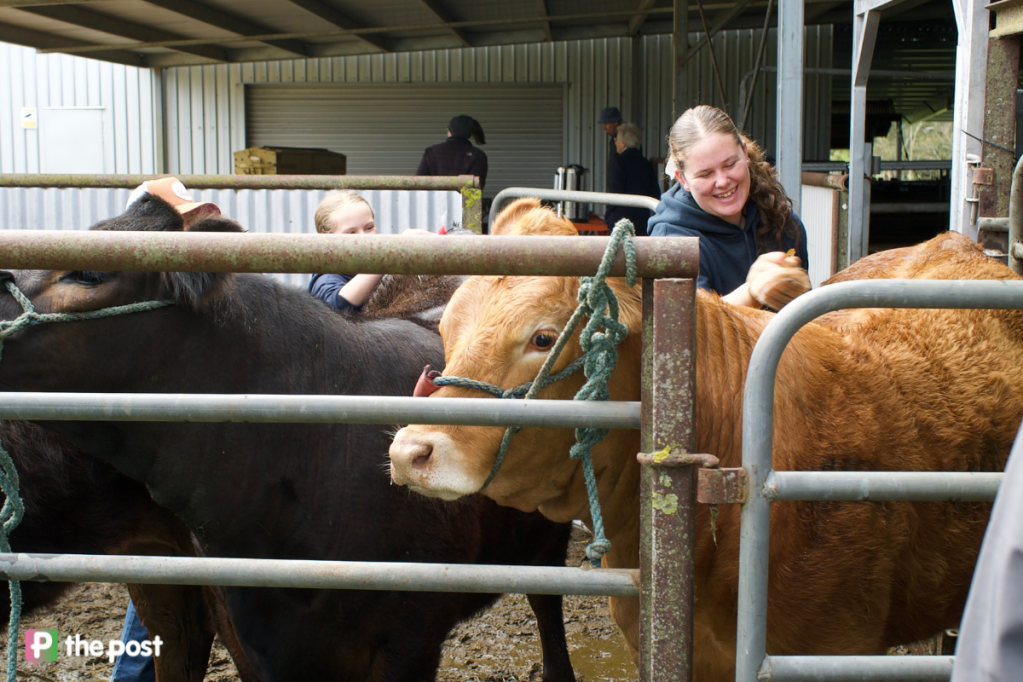We need visionary wine families
Looking back at his recommendations for 2017, Whitey is reminded of his love for family winemaking businesses. And good Riesling …

It’s always risky to spend too much time wallowing about in past wine recommendations: one’s preferences can reveal patterns of prejudice as much as reliability or consistency.
Take this year that’s nearly done. January I sent you first to the hills around Kuitpo for a brace of delightful modern whites, a Fiano and a Fumé, from the Jericho family. Then we scooted to the north end of the same Mount Lofty Ranges to Clare and the Paulett family for a crisp Riesling and a cracker Semillon. Next was the Holmes à Court family’s trinity of staunch, humourless Margaret River Chardonnays.
The families of Torzi-Matthews and Tim Freeland then brought three typically rustic marvels from the Hills and Plains: lovely bargains thumbing their noses at those posh Westies.
We toyed with Fox Gordon, which looks like it could be another Hills family but turned out to be an invented brand aimed straight at stray millennials, then went back to Clare and the Sevenhill Jesuits for more crunchy Riesling.
One month. Five families; one church; Riesling dominant.
February. The Brooks family’s Heirloom: same ranges; three whites; another Riesling. To Coonawarra, for the deep traditional reds of the Zema family. McLaren Vale next, and Italianate reds from the Lloyd and Petrucci families. Back to Torzi-Matthews Vigna Cantina for, wait for it, a Trebbiano. Thence to Ashton Hills – no longer family-owned since the friendly takeover by Wirra Wirra, but surely established by Steve George and the van Rood families – for an exemplary Pinot and another Riesling.
You might like
Paracombe next: the Drogemuller family, for a killer Sauvignon, and yep, another Riesling.
So we were right through to vintage and nearly everything I had suggested was from a family business and Riesling was easily the most-mentioned variety.
Surprised? Not this little white duck.
Your correspondent is an unabashed supporter of clever families and Riesling.
The family thing is longstanding. My earliest days in the game were rich with the lessons one got from winemaking families like the Hill Smiths (Riesling), the Wynns (Riesling), the Tyrrells (uh-huh), Hickinbothams (Riesling) and the Barrys (you guessed it).
I spoke of this when introducing Prime Minister John Howard at the opening of the O’Leary Walker winery in Clare, all those years ago. Howard had that week been promoting the stock exchange, preaching that he wanted Australians to be the world’s biggest holders of stocks and shares. At the same time, he’d urged a clampdown on gambling.
Stay informed, daily
My speech was about how the stock exchange mentality, with its boom-or-bust tendencies and promise of rapid monetary gratification, was never really suited to the eternally slow cycles of the wine business. The two don’t fit.
Consider the great vineyard. You pick a flavour you want, import the clones, then find the suitable land. You spend a year preparing it. You plant and weed and trellis; in three or four years you get a crop. Three or four years later you’re starting to get a properly commercial crop. You build a winery and make wine and if it’s red you cellar it for three years. Ten years later it’s beginning to look mature, so you begin to get an idea of whether your site and variety choices had been wise, 15 or 20 years before. Like, fashions change. Bloody climate changes. Water runs out. Things catch fire.
That doesn’t seem much like the sort of financial cycle your average buyer of stocks and shares would sensibly tip money on.
I was able to explain that wine needed families like the Walkers, with three generations of influential fizz makers, trained originally by Edmond Mazure and the Wynn family. Or the O’Learys, whose colonial days began in the Oakbank Brewery before they became Adelaide Hills vineyard pioneers.
On the other hand, you have the husks of old family companies being gutted and flayed by stockjocks. They are always there, flash Harries peeling away layer after layer of good heritage and provenance provided by one family or another before they’d hit a dud generation who was simply not much good at wine, so sold out or lost it. Seppelts, Penfolds, Lindemans and Hardys come to mind. After a few good generations, most families lose their fizz. They want to spend the money.
Think of the odds: what other business should the practitioner be expected to understand soil, geology, climate, farm economics, plant physiology, pest management, biochemistry, modern food regulation, packaging, transport, marketing, public relations, sales, trade law, gastronomy … you get my drift.
So there’s one conundrum: you can’t expect endless successive generations to magically inherit the required management touch in the wine business, just as you can’t expect the short-term stock investor to get their brain around the achingly slow establishment and development cycles of wine.
It’s all quite confronting, such unlikelihood.
And yet still we have these true blue Aussie digger families getting their shovels into soil and skins, establishing stuff. Doing the shoe leather. Working people with vision and patience and a desire to make the best damn drink they possibly can.
Which is where Riesling comes in. Not only is this the wine with the longest life of the whites, but it’s one you can make quick after picking, bottle it and get it out there earning income without writing huge cheques to any cooper or cellar storage facility. Just polish that tank up, keep everything clean and get on with it.
We’re just very lucky that Riesling is a right royal breed, offering such early gratification as an austere, dead-honest encapsulation of all that serious wine can be, but one that will certainly last those 10 or 20 years it’ll take for you to work out whether your choice of site and variety were such a smart idea after all …
In the meantime, another year’s grinding down and guess what’s in the fridge? Paulett, Vasse Felix, Sevenhill …
drinkster.blogspot.com








